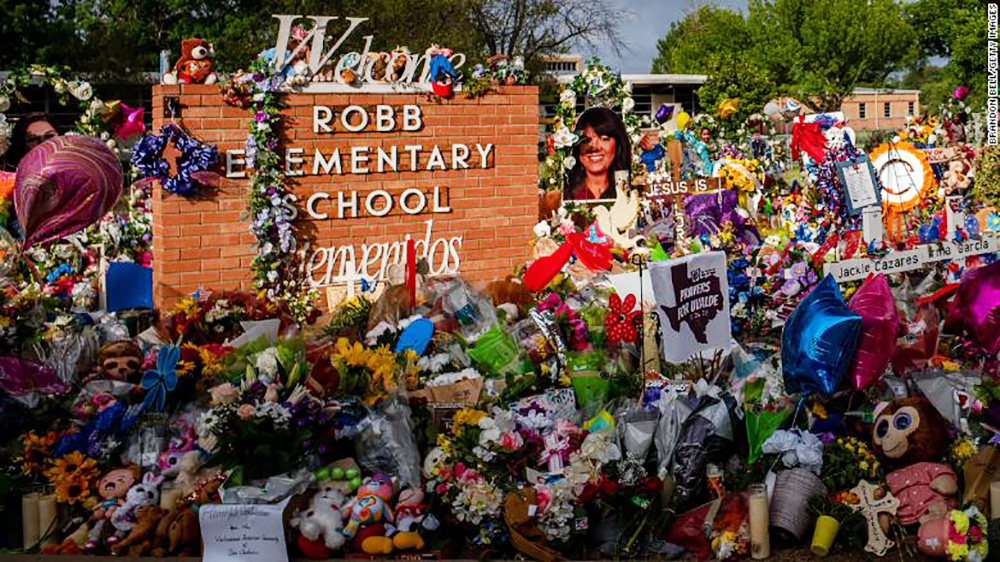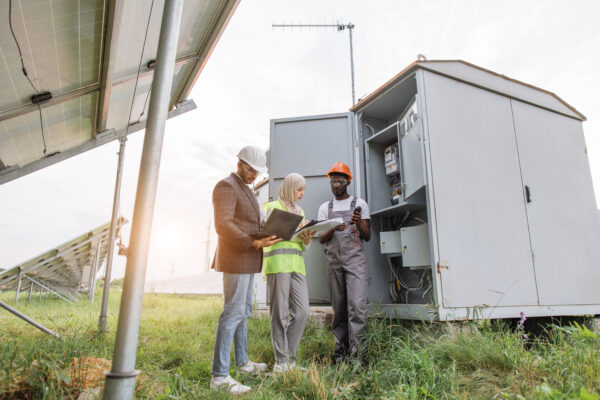After the May 24 attack on Robb Elementary School in Uvalde, Texas, where a gunman killed 19 students and two teachers before he was killed by police, Arizona schools are revisiting those approaches, along with talk of more school counselors and better relationships with local police agencies.
By Morgan Fischer | Cronkite News
With little hope that state lawmakers will pass gun-control measures in the wake of the latest school shooting, Arizona educators find themselves balancing the competing goals of hardening schools while making them welcoming places.
“You can build a fortress, but a fortress is not very welcoming to parents, students or the community,” said Mark Joraanstad, the executive director of Arizona School Administrators, who said the two “really almost work against each other.”
Experts said the environment inside a school has been shown to reduce violence as much as hardening it on the outside.
“Schools where students feel safe are actually safer,” said Chris Kotterman, director of governmental relations for the Arizona School Boards Association.
But after the May 24 attack on Robb Elementary School in Uvalde, Texas, where a gunman killed 19 students and two teachers before he was killed by police, Arizona schools are revisiting those approaches, along with talk of more school counselors and better relationships with local police agencies.
Uvalde was the 27th school shooting this year, according to Education Week, and the deadliest since the Sandy Hook Elementary School attack in 2012 that killed 20 students and six adults.
“It’s an interesting feeling,” Kotterman said. “It’s equal parts sad and frustrating because, obviously, we’ve been here before.”
One of the most-obvious defenses is to keep gunmen out in the first place. Advocates point to school fencing and locked doors, having one entrance that is monitored at all times, and having safe spots in classrooms where students know they can go.
Saddle Mountain Unified School District has secured “each school office and district office with electronic lock systems and glass shields in each lobby,” Superintendent Paul Tighe said in an email. Phoenix Elementary School District CEO and Superintendent Larry Weeks said in a statement after Uvalde that his district added ballistic glass in front offices and installed secure entry doors where visitors must be granted access.
Another option is improved alarm and alert systems that let staff immediately warn of a threat and remotely lock doors. Dick Foreman, the president and CEO of the Arizona Business and Education Coalition, noted that homeowners have long had the ability to lock house doors remotely and wonders why that technology is not “in every one of our schools?”
Some counties are moving that direction: Schools in Navajo, Mohave, Greenlee and Pinal counties should have Mutualink, which lets school staff hit a panic button to alert police to a school emergency, in place for fall classes. Mutualink Chief Strategy Officer Chrissie Coon said the company expects to have its system in place in Maricopa, Gila, Graham and Yavapai counties by spring.
Besides alerting police, the app gives officers access to cameras, school layouts and real-time communication with staff during an emergency.












